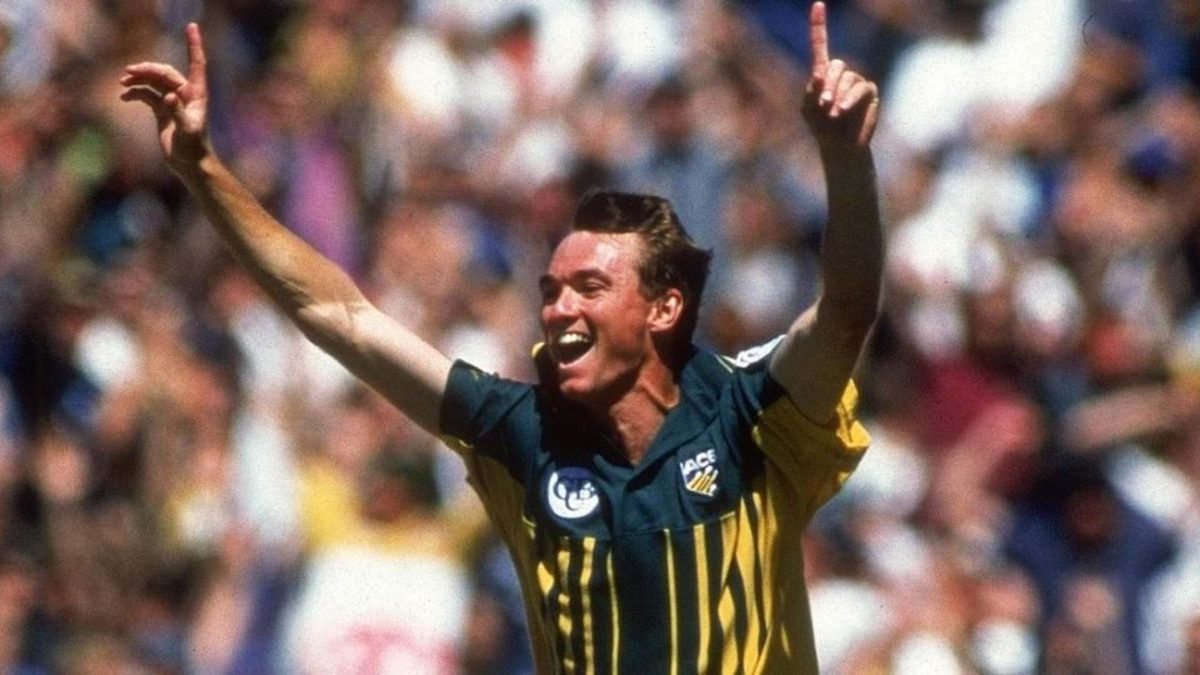
An international career lasting 12 days was enough for Anthony Stuart to etch his name into the history books as he bagged a hat-trick in what happened to be his third and last game in Australian colours.
First published in 2008
In 1997, Mark Taylor’s Australia were good. Really good. Having just toppled the West Indies in their own back yard to become unofficial World Champions, they were the team to beat in Test cricket, but having succumbed to unfancied Sri Lanka in the previous year’s World Cup there were new faces in the one-day side.
One such face belonged to Anthony Stuart, a tall right-arm fast-medium bowler from New South Wales. Promising returns in state cricket since his debut in 1994 had edged Stuart towards international recognition and he duly made his debut on January 5 1997, taking two of the three wickets to fall against the West Indies at Brisbane. Then, two games later, he secured himself a notable mention in the annals of Australian cricket.
Sharing the new ball with Andy Bichel against Pakistan at the MCG, Stuart blew away the visitors’ top order to record figures of 5-26, including a hat-trick as Ijaz Ahmed, Mohammad Wasim, and Moin Khan fell in successive balls: “As I charged in for the hat-trick ball I had never heard anything like the noise of the crowd; it actually put me off. I put it outside off stump, keeper Moin Khan went at it hard, and in that split second after I thought, ‘He’s nicked that!’ It went to Tubby [Mark Taylor] at first slip who caught it in one hand and held it up.” Just for good measure, Stuart also pouched two catches, removing Inzamam-ul-Haq and Shahid Afridi, and duly scooped the Man-of-the-Match award.
Despite becoming just the second Australian to complete the ODI hat-trick, the game would prove to be Stuart’s last outing for his country, as a complete loss of form saw him jettisoned from the Green and Gold and then, within a year, the NSW side.
He would rediscover some semblance of form over the next two seasons, but Stuart would never return to his best and in 2000 he decided to retire to pursue a career on the other side of the boundary rope, initially returning to Sydney as an administrator, before taking on coaching duties in New Zealand with Wellington.
His international career lasted just 12 days.








